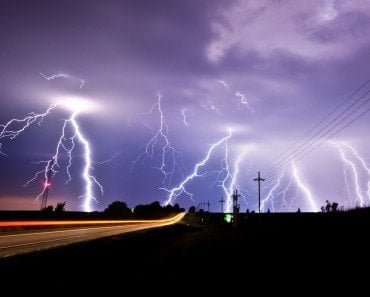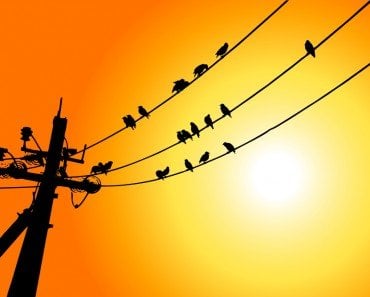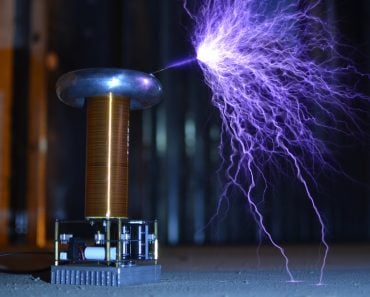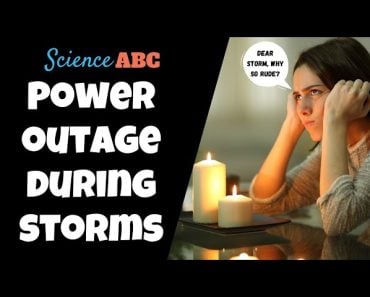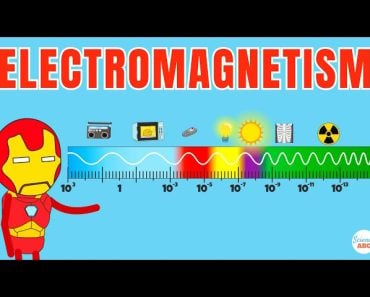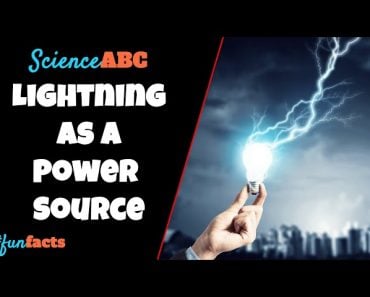Table of Contents (click to expand)
The sound we hear from power lines results from a phenomenon known as corona discharge. This occurs when the air surrounding an electrically charged conductor becomes ionized and causes an electrical discharge.
Have you ever heard a buzzing sound from the high power lines overhead or near transformers? These sounds are flat and monotonous but hard to ignore. Do you know why they are produced?
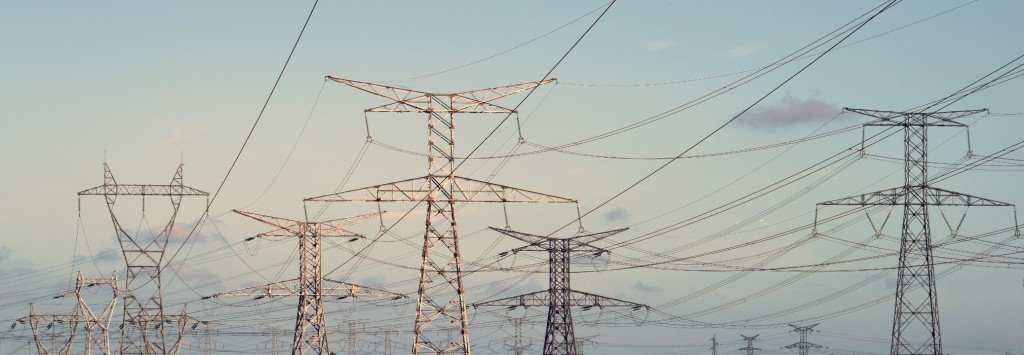
Let me start by telling you that that buzzing sound actually has a name!
Recommended Video for you:
Mains Hum Or Electric Hum
Electric hum, mains hum, or power line hum are all terms used to describe the sounds produced by transformers or power lines due to the alternating current passing at the mains electricity frequency. Typically, the fundamental frequency of the buzzing sound is 50 or 60 Hertz, depending on the local power line frequency.
Moreover, the frequency also depends on your country since different parts of the world use different current frequencies.
Now that we know what ‘electric hums’ are, let’s look at the various reasons behind them.
The Buzzing/humming Sound Of A Transformer
Transformers hum for two main reasons: stray magnetic fields and magnetostriction. Magnetic fields cause the internal accessories of the transformer to vibrate at a frequency of either 50 or 60 Hz.
The other source of the electric hum produced by a transformer is magnetostriction. Magnetostriction occurs when a ferromagnetic material interacts with an alternating magnetic field, consequently undergoing minute expansion and contraction.

When the iron core within the transformer coils expands or contracts (i.e., changes shape minutely) due to the magnetic effect of alternating current flowing through it, it produces a small amount of vibration. This is what makes the transformer produce that constant buzzing sound.
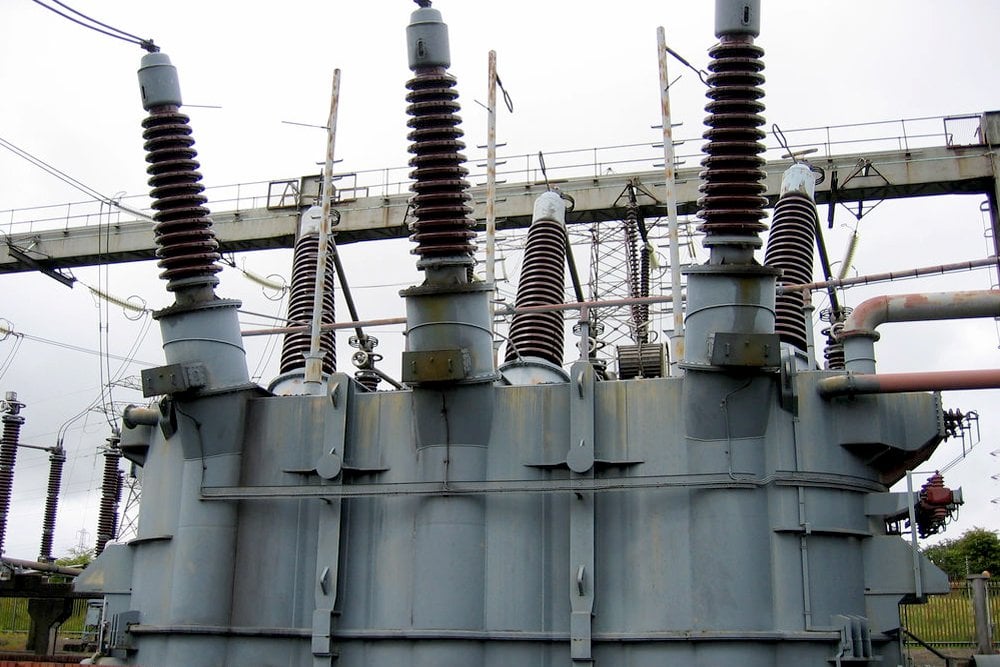
Certain design changes can reduce the buzzing sounds caused by transformers, but they cannot be completely eliminated.
It is important to note that the intensity of the humming sound is directly proportional to the applied voltage. This means that the higher the voltage, the louder the humming sound. As a result, some transformers may not produce an audible humming sound.
While this section focused on transformers, the explanation for the humming sound produced by overhead power lines is also quite interesting.
Buzzing/humming Sound Of High Power Lines
The sound you hear from overhead power lines results from a phenomenon known as corona discharge. This electrical discharge occurs when a fluid, such as air, surrounds an electrically charged conductor and becomes ionized.
This is like a spark of electricity that happens when a material, like air, is around an object carrying an electrical charge, like a power line, and the air gets charged up, too. It’s similar to the static you feel when you rub a balloon on your hair – the balloon carries a charge that it passes to your hair. Just like how your hair reacts (by standing up), the air around the power line also reacts (by producing sound) because it’s been energized or ‘ionized’.
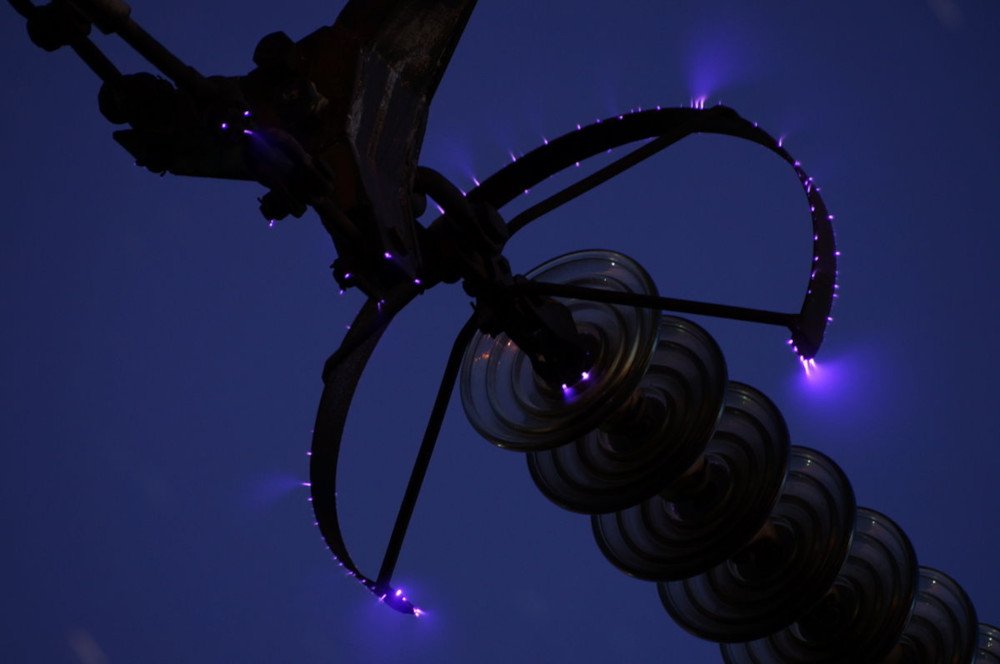
Corona discharge usually occurs in high-voltage systems unless steps have been taken to limit the range of the electric field.
Besides producing a slow, buzzing sound, it also creates a bluish glow surrounding power lines. This phenomenon is not very different from a lightning bolt. It’s a miniature version of a lightning strike, only that the latter produces a blinding flash of light (as opposed to a soft bluish glow) and a thundering boom (as opposed to a soft buzz).
Last Updated By: Ashish Tiwari
References (click to expand)
- Goldman, M., Goldman, A., & Sigmond, R. S. (1985, January 1). The corona discharge, its properties and specific uses. Pure and Applied Chemistry. Walter de Gruyter GmbH.
- Corona discharge ignition.
- Goldman, M., Goldman, A., & Sigmond, R. S. (1985, January 1). The corona discharge, its properties and specific uses. Pure and Applied Chemistry. Walter de Gruyter GmbH.
- Chang, J.-S., Lawless, P. A., & Yamamoto, T. (1991). Corona discharge processes. IEEE Transactions on Plasma Science. Institute of Electrical and Electronics Engineers (IEEE).
- Zaitsev, I. O., & Kuchanskyy, V. V. (2021). Corona Discharge Problem in Extra High Voltage Transmission Line. Studies in Systems, Decision and Control. Springer International Publishing.


